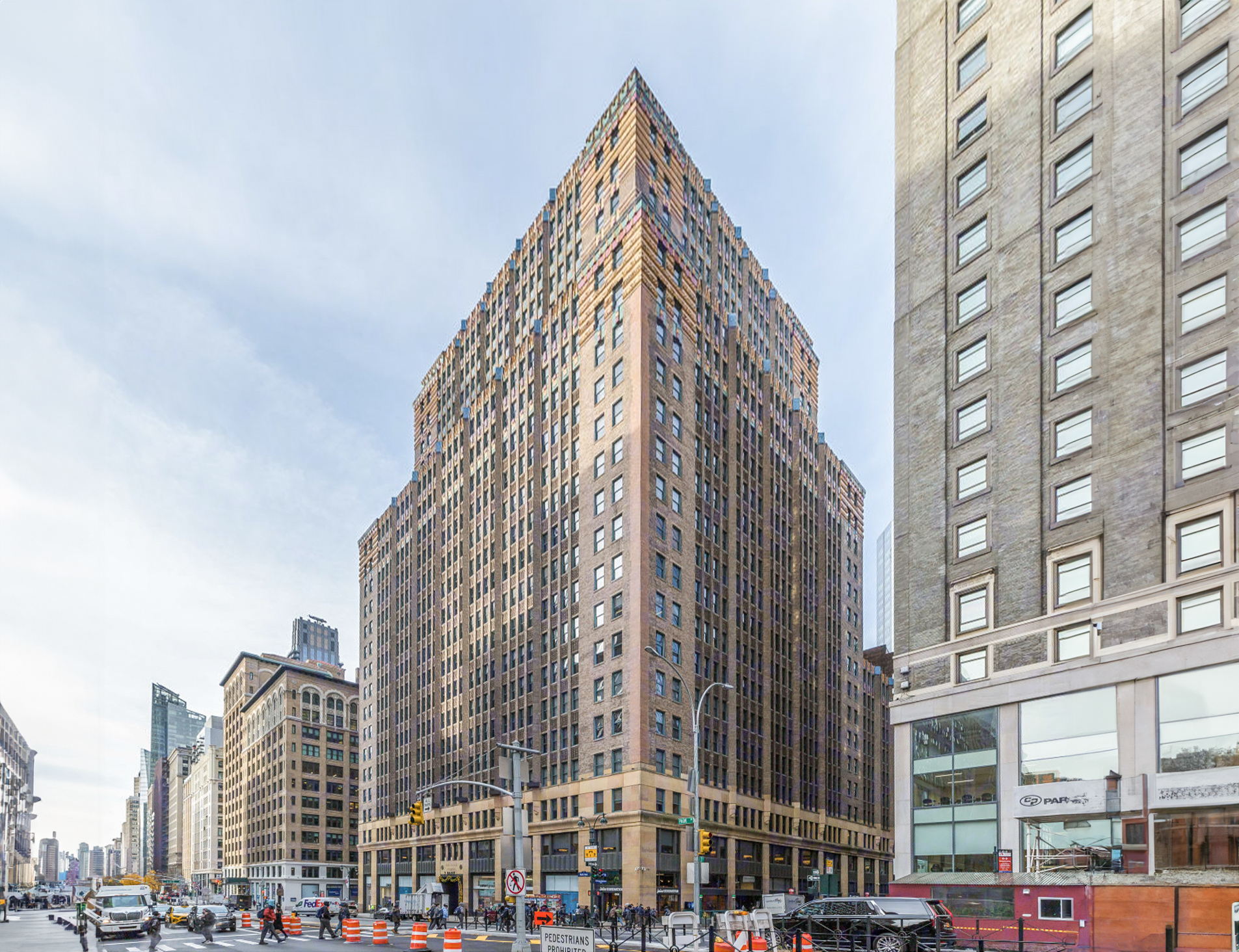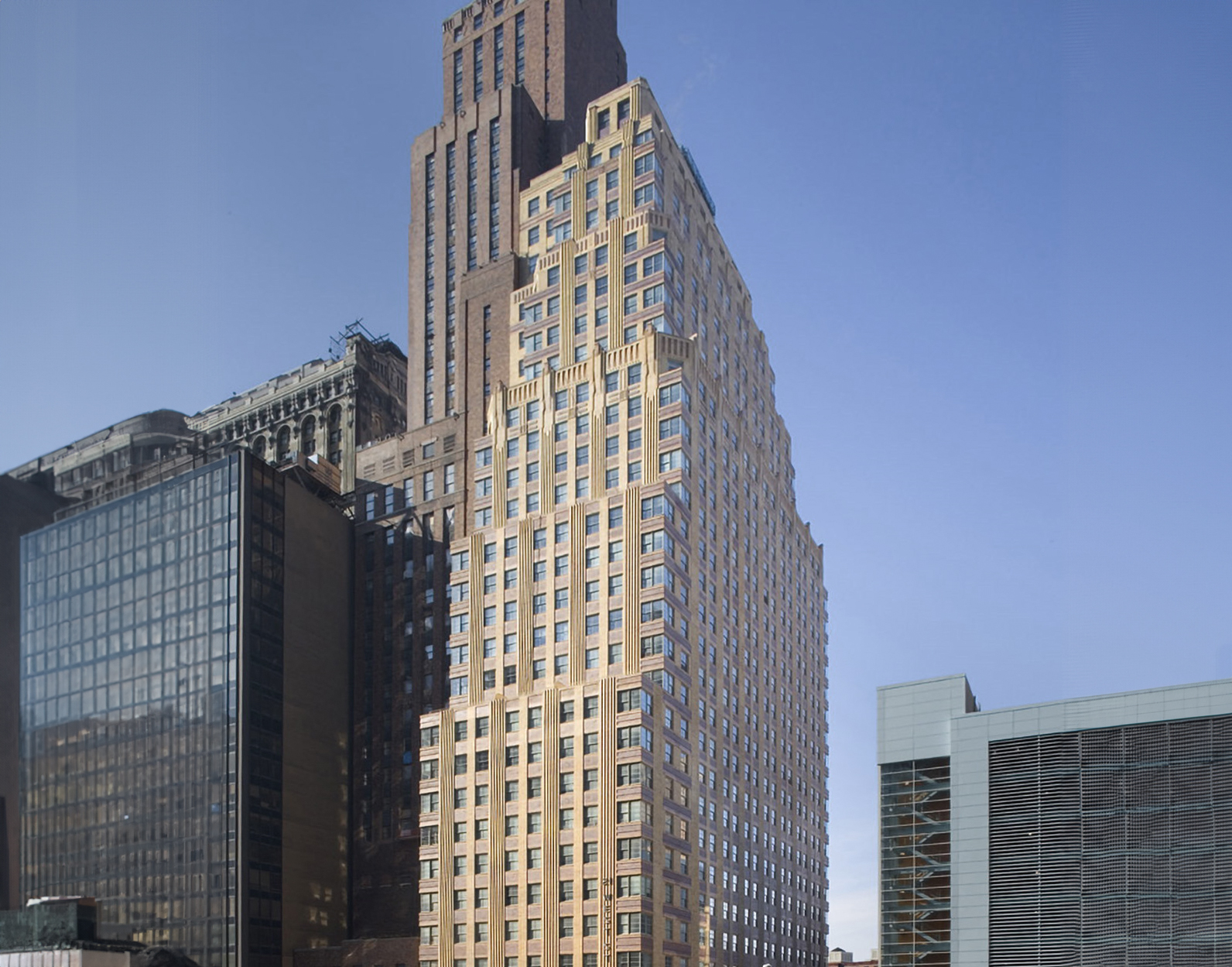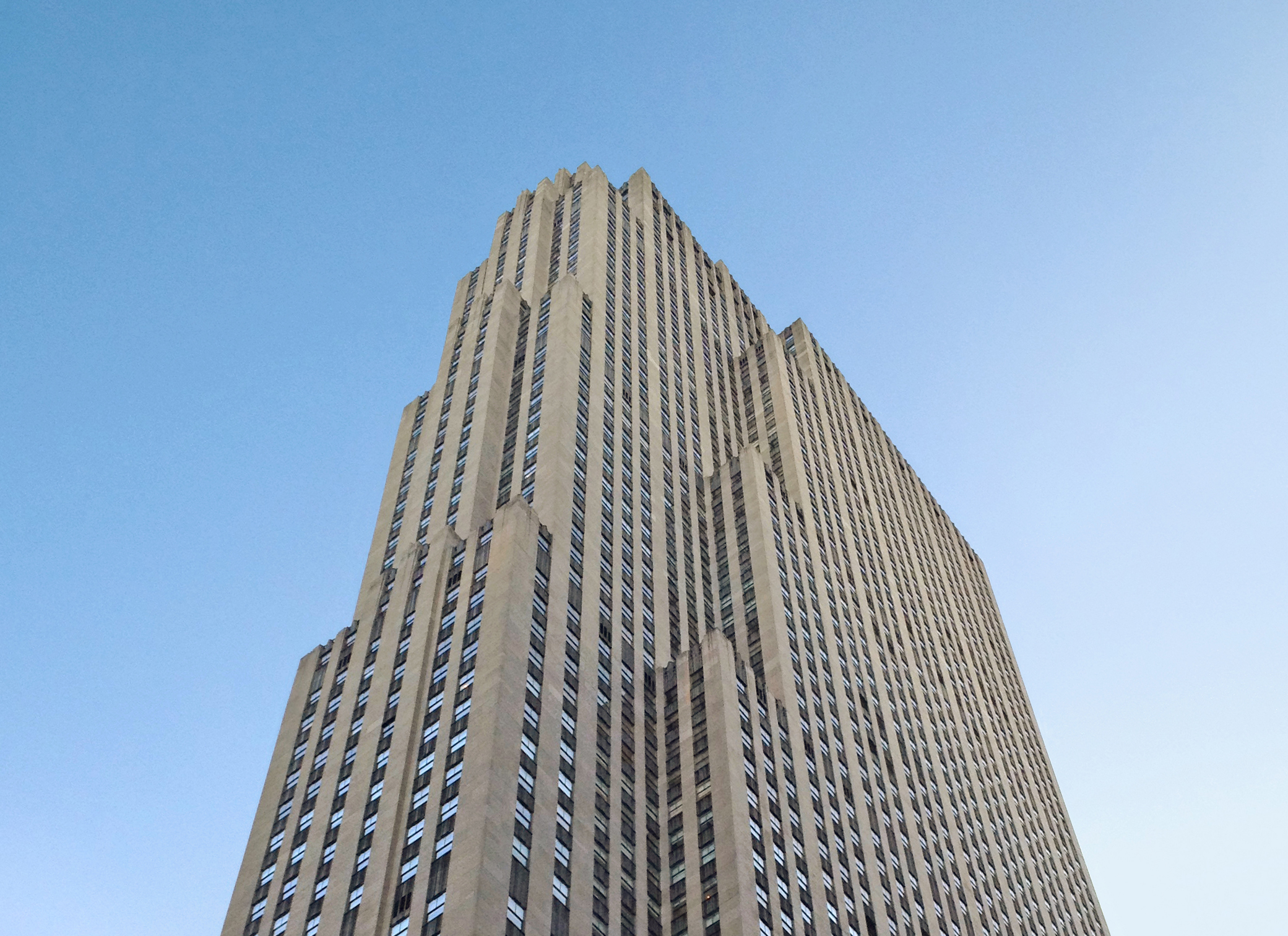The Waldorf Astoria New York is an Art-deco skyscraper designed by Schultze & Weaver, and built between 1929 and 1931 in New York, NY.
Its precise street address is 301 Park Avenue , New York, NY. You can also find it on the map here.
The Waldorf Astoria New York is a structure of significant importance both for the city of New York and the United States as a nation. The building embodies the distinctive characteristic features of the time in which it was built and the Art Deco style. Because of that, the Waldorf Astoria New York was officially declared as a national landmark on January 5th 1993.
At the time of its completion in 1931 the Waldorf Astoria New York incorporated solutions that were quite advanced at the time, these included an underground tunnel, known as track 61, which allowed VIP personalities, such as presidents, to arrive to the hotel directly by train without having to face the press or crowds at the hotel's entrance.
The building has been restored 2 times over the years to ensure its conservation and adaptation to the pass of time. The main restoration works happened in 1990 and 2022.







